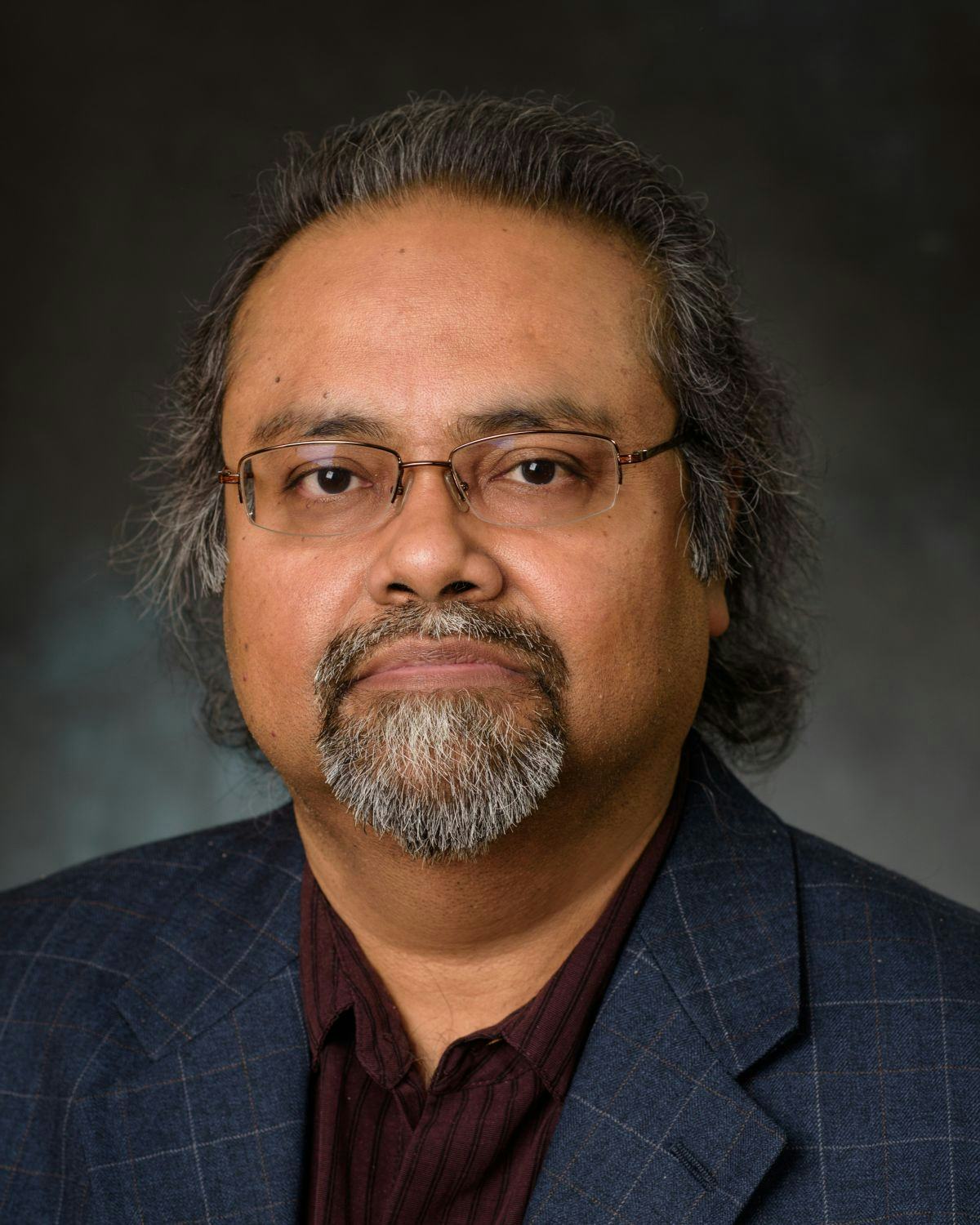Stevens Professor Awarded $1.29 Million from DoD to Explore Green Technology for Remediating ‘Forever Chemicals’
Dibs Sarkar’s research may give waste a new life fighting environmental contamination
We often wish some things would last forever: Love. Vacation. Our favorite sneakers.
But not industrial waste.
That’s why Dibs Sarkar, professor of environmental engineering at Stevens Institute of Technology, is taking aim at per- and polyfluoroalkyl substances (PFAS). Invented in the 1930s, PFAS gained favor for helping us keep our clothes and carpets clean, stay dry in the rain, fight fires and even microwave our popcorn. However, they’ve also gained notoriety as “forever chemicals” that persist in water and soil — and in the animals and plants exposed to them.
With a $1.29-million grant from the U.S. Department of Defense (DoD), Sarkar aims to use a byproduct of existing drinking water treatment processes to remove PFAS from soil, stormwater and groundwater. Joining him on this quest are members of the Stevens community including Christos Christodoulatos, professor of environmental engineering and director of the Center for Environmental Systems (CES); Athula Attygalle, professor of analytical chemistry and Zhiming Zhang, one of Sarkar’s postdoctoral students.
Current PFAS remediation options are often not environmentally or financially sustainable
Remediating PFAS from soil and water is not new, but so far, every option has presented new challenges.
For soil, a common approach involves “dig and haul” processes of excavating, treating, replacing and sending materials to a landfill. It’s both invasive and expensive.
The most common method of removing PFAS from water uses an activated carbon treatment. It’s effective, but with its roots in coal and charcoal, it’s not exactly environmentally friendly.
Thermal treatments, chemical treatments, electron beams, and bioremediation using microbes and bacteria are all designed to meet the gold standard of actually destroying PFAS.
“These methods generate secondary waste,” Sarkar noted. “Thermal and chemical treatments and electron beams are energy-intensive. Bioremediation is uncertain because in many cases, long-chain PFSAS compounds are only partially degraded to medium or short-chain compounds.”
Other methods include separation techniques that transform chemical elements into multiple sets of distinct products.
“Unfortunately, separation techniques are also expensive and ecologically destructive,” he explained.
Better than remediation: Giving waste new life as an eco-warrior
In contrast, Sarkar proposes to creatively and cost-effectively repurpose an existing water treatment byproduct to remove PFAS from soil, groundwater and stormwater at DoD installations.
Sarkar and his team will study chemical immobilization, which uses a porous material called an adsorbent to capture pollutants from the surface liquid or gas flowing through it.
“Most water plants use a primary coagulant such as aluminum or iron salts to purify the water,” he explained. “The resulting aluminum-based water treatment residuals, known as AI-WTRs, are non-hazardous, and they also adsorb the PFAS molecules.”
AI-WTRs already end up isolated from the environment as useless solids in landfills or wastewater treatment and storage wastewater sludge lagoons. Sarkar’s vision is to send them to those secure destinations with a new passenger: PFAS chemicals.
With his approach, the AI-WTRs will be processed into a powder that can be used to treat PFAS-contaminated soils, and also into a granulated form for groundwater and stormwater. The only costs — processing and transporting the AI-WTRs — are moderate.
“We are proposing a technology that is not only ‘green’ from both environmental and financial standpoints, but that can also be rather easily scaled up to be effective under field conditions,” he said. “The technology can be applied to meet the unique remediation needs of the DoD.”
For the long-term, Sarkar envisions this operation expanding nationwide.
“There are more than 150,000 public water systems in the U.S., with 4,500 or so large drinking water treatment systems,” he said. “The large systems generate WTRs each day, numbering in the megatons. It’s a natural progression to use that steady stream of WTRs to solve one of today’s most critical environmental pollution problems.”
Civil, Environmental, & Ocean Engineering Research at Stevens
Learn more about research in the Department of Civil, Environmental and Ocean Engineering.



